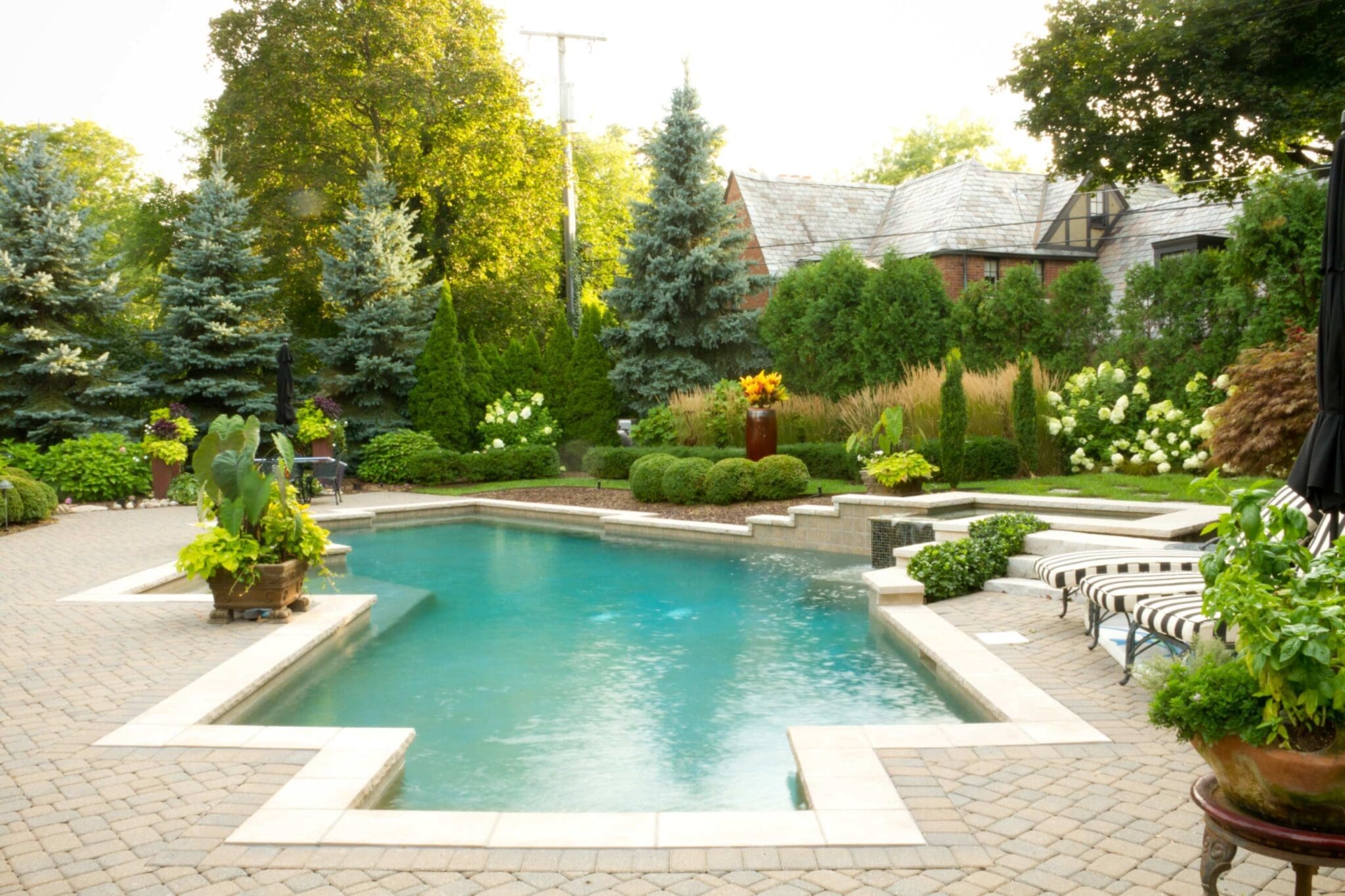
How to Build Your Own Pool
Build your own pool – When beginning a project such as building your own pool, it is important to do your research. There any many steps and procedures to building an aquatic project. Pools are expensive, not just in terms of materials, but also in terms of building costs. Additionally, you have to have the essential chemicals and tools that will help maintain the quality and life of your pool.
The first steps in acquiring pool designs is determining what kind of pool will fit your needs. To do so evaluate:
1. Purpose of the pool
2. Shape
3. Size
4. Shell and materials
5. Pump and plumbing
6. Aesthetic Enhancements
7. Decking and coping
Yard size, shape, and conditions all factor into the pool design process. Consider your budget when choosing as well. Pools kits are available for purchase for people wanting to build their own pool. (You will still need to hire contractors and other sub-contractors.) It is always recommended to consult a professional to determine if it is a good fit.
Vinyl liners are the most common and the cheapest in terms of up-front cost. The next option fiberglass is the lower maintenance choice, but very limited in sizes. ICF ends up being used most typically because of the speed to build and convenience of being able to access difficult backyards. Lastly, concrete is your standard style, this is because it is 100% customizable and durable.
After you have the pool design, architectural pool plans, and materials chosen, you will be able to obtain city permits. (When you have the correct design and pool construction plans these permits can be very easily obtained.) These permits are required before the building of any project is to begin. Permission from your local utility company is required as well. Once permits are approved the project can begin (excluding select states.)
Upon starting construction you’re going to want to excavate the location. Be sure you excavate deep and wide enough, but be sure not to any underground utility lines. You’ll also want to make sure you have enough room for the liner/shell and enough room to work.
Once the area has been dug up, you’ll want to make the ground as level as possible where the bottom of the pool will be. You’ll either want to get the liner to fit the best it possibly can or you’ll want to grade the ground the best you can to the shape of the pool floor. Next, lay down your liner and begin the wall support. Wood, steel, or other materials might be used for support, instructions come in the kit for this process.
Now you can begin establishing with the pool walls, steel rebar, and wood framing. The walls all need to be kept even and in line with one another. Often the walls are made with block or poured concrete. After the walls are established, you’re going to lay down the plumbing. If your city requires a hired plumber, DO NOT ATTEMPT TO DO IT YOURSELF, hire a plumber. You need to have a supply and filtration system that meets your city code.
Run the electricity for the filtration system and if needed, lights, and anything else needing power. Having this wired appropriately is extremely important, as you don’t want it to short circuit, not work, or possibly worse. Hiring a professional electrician is always recommended.
After the plumbing and the electricity are complete you can begin the backfilling. The perimeter of the pool’s location needs to be backfilled with sand, gravel, or dirt. It is recommended to use gravel where the bottom of the pool will be. You’ll want to get the liner to fit the best it possibly can or grade the ground the best you can to the shape of the pool floor. You’re going to want to lay down your liner and begin the wall support. Wood, steel, or other materials might be used for support. Instructions come in the kit for this process.
You’ll begin pouring concrete for the floor, smoothing, and grading, as it is being poured from the cement truck. Concrete or sand will be used for the bottom filling of the pool and any sloping areas. Make sure you keep a smooth surface and all slope sizes are exacted accordingly. (The pump and filter should be installed on top of the slab you had poured for the pool’s plumbing system.)
The pool will need to be cleaned at this stage, along with installing and securing all gaskets. Gaskets around the lights, pump, and skimmer will need to be checked again. Once it is all secure and ready you can then lay down the hang liner. This process will take multiple people. You’ll start at the deep end and work your way out trying to eliminate any creases or bumps. The hang liner needs a vacuum to help create the suction between the concrete and liner.
Check the water filling allowance in your area. Droughts can cause restrictions. Otherwise, you’re ready to start filling. Chemicals and other materials will still be needed for pool maintenance purposes.
